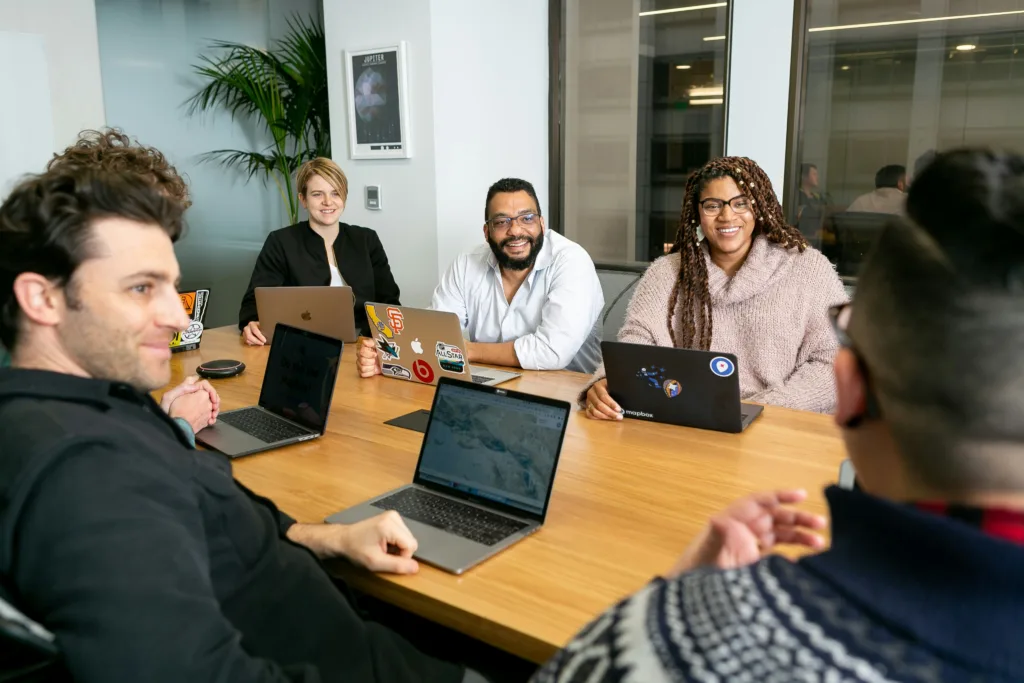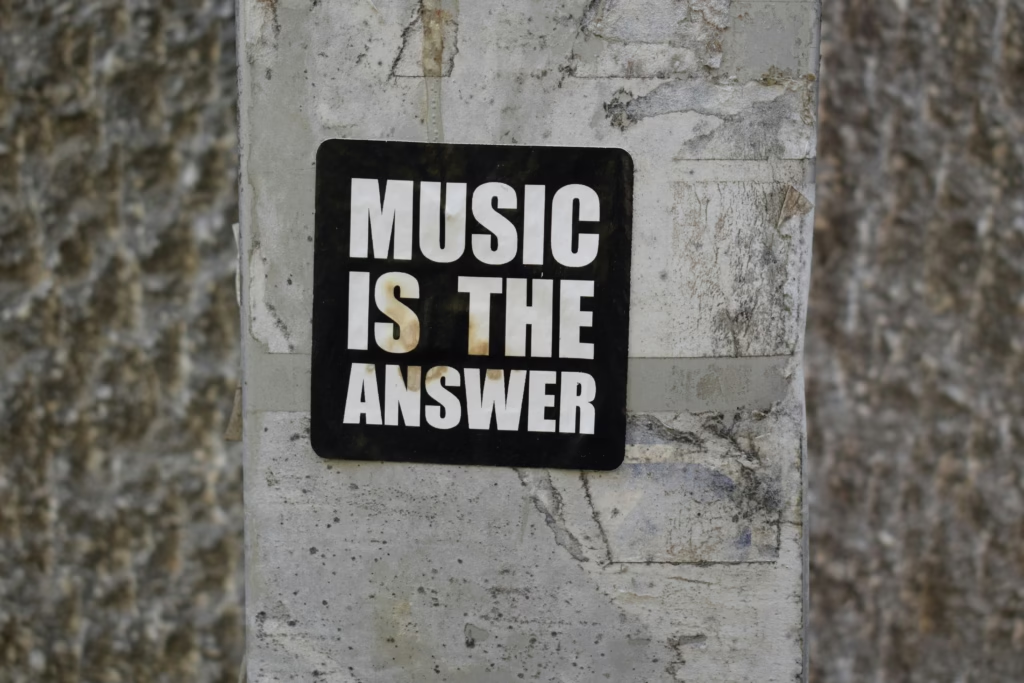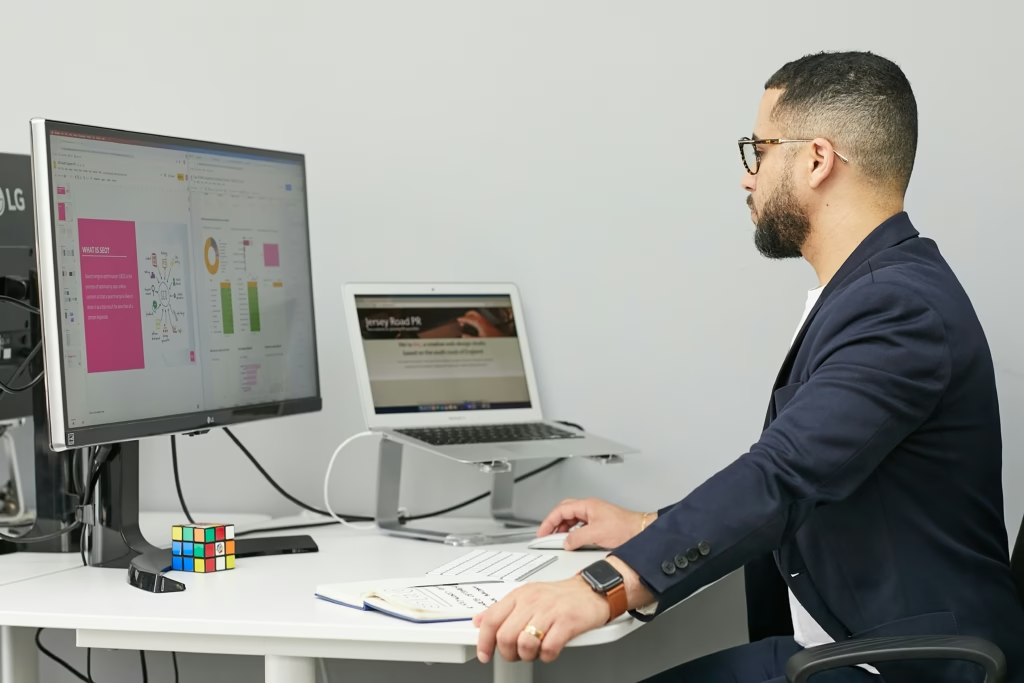“Leaders who refuse to listen will soon find themselves surrounded by people with nothing to say”
-Author and Podcast Host, Andy Stanley
We have one mouth to speak, and two ears to listen. But oddly enough…it’s our mouth that gets the most daily exercise.
Considering the quote above, that’s not just a personal problem. It’s a costly business problem. If leaders just talk and talk and direct and command, they don’t understand what the actual problems are and don’t open sufficient space for innovation to arise.
So how do we fix this? Why is it that people feel unheard?
I want you to consider the following quote:
“Most people do not listen with the intent to understand; they listen with the intent to reply”
Stephen Covey, Author of “7 Habits of Highly Effective People”
In this article, I break down what listening is and what it isn’t, and tips you can use to make sure you demonstrate effective leadership through genuine listening.
Level One: Listening to Reply
First, what listening isn’t.
Consider this example:
You’re in a 1:1 meeting with an employee and want to give them critical feedback on their performance.
You say, “I need you to be more careful in your presentations. There have been several data errors in them that stakeholders have been frustrated by.”
Your employee responds, “They actually weren’t errors. The reason is there was confusion over the time frame….”
You cut in and say, “The bottom line is there were issues. Make sure those don’t happen again”
When the employee was speaking, the boss here wasn’t listening. They were just waiting to reply. In fact, the boss cut the employee off as soon as they started going into details because it was a waste of time – the boss had already made up their mind.
Think now about the last time you were in conversation with someone.
Consider these questions:
- As they were speaking were you thinking of the next thing to say?
- Did you go into the conversation open to the possibility of being wrong?
- Did you stop speaking to give yourself a breath, or to give the other person a chance to speak?
I want you to remember this: listening is about the other person. Not about you. If you are still thinking your thoughts and your agenda while they’re speaking, then you might not be truly listening. You might be just listening to reply.
The first step to truly listen is to have that self-awareness – of the distractions preventing you from being fully present. Then move to step 2: listening to understand.
Level Two: Listening to Understand
Consider the same example:
You as the boss took a class on active listening before the 1:1 meeting with your employee. You learn that to “actively listen” you must demonstrate you are listening through nonverbal cues like nodding your head, and verbal cues like periodically summarizing what the other person has said to make sure you’re on the same page. You decide to take a different tactic when you enter the 1:1 meeting.
You say, “I need you to be more careful in your presentations. There have been several data errors in them that stakeholders have been frustrated by.”
Your employee responds, “They actually weren’t errors. The reason is there was confusion over the time frame. Our metric was calculated for fiscal year 2023 but our stakeholders are more familiar with the value from calendar year 2023. That confusion is what led to the misunderstanding.”
You say, “If I understand what you said correctly, the metric was calculated two times, each time over a different time frame?”
Your employee responds, “Yes. Dashboard A was showing the fiscal year 2023 metric, but Dashboard B was showing the calendar year 2023 metric. It’s because dashboard B was created by a different team unfamiliar with our metric definitions.”
You nod your head and say, “Ok, I understand. Make sure that is fixed for future presentations”
When the employee was speaking, the boss here was listening to understand. They were consciously thinking about how to show they were listening and asking questions to develop a complete understanding. As a result, the employee was able to provide a full description of their perspective.
But something may still feel off here. Notice how abrupt the last sentence was. Once the boss “understood”, they just told the employee what they should do.
Consider these questions:
- As you apply the “active listening” techniques of nodding in agreement and periodically summarizing what the other person has said, are they distracting you from being fully present? Are you more concerned with listening “correctly” according to recommendations on the checklist or actually listening to the other person’s words?
- Are you applying the active listening techniques to genuinely understand the other person? Or to “prove” to them that you understand and care, to look good as a leader?
- Are you listening “to understand”, or are you really listening to understand to reply? In other words, is your agenda still there under the water, just masked by superficial “listening”?
Listening to understand is a step up from listening to reply because you make the other person feel more heard. But if you aren’t really present and the conversation is still strongly agenda-driven, it’s ultimately still about you. And remember – listening is all about the other person.
Level Three: Listening
We have to take pause here, because wasn’t Stephen Covey’s quote that the goal should in fact be listening to understand?
Let’s pull the quote back up:
“Most people do not listen with the intent to understand; they listen with the intent to reply”
Stephen Covey, Author of “7 Habits of Highly Effective People”
Notice the very subtle yet specific difference between what we covered in step 2 and what Stephen Covey specifies in his quote. In step 2 we discussed “listening to understand.” In Stephen Covey’s quote he discussed “listening with the intent to understand”.
That is a very, very important difference.
If you just listen “to understand”, you are agenda-driven. Notice the “to” in that phrase. You are listening so that you can do something. (And in some cases, you might actually be listening “to understand” with the “intent to reply”!)
By contrast, if you listen ”with the intent to understand” you accept if understanding does not take place. You do not force it and you do not force what you want. You make it about the other person.
Take for example the same 1:1 meeting we’ve been analyzing in the past few sections. Remember the last thing the boss said: “Ok, I understand. Make sure that is fixed for future presentations”
Imagine if the boss instead said this instead: “Ok, I understand. What do you suggest we do to ensure future presentations run more smoothly?”
Instead of using “listening” as a tool to get where they want, they keep the space open for the employee’s thoughts. Yes, the intent is still there and the agenda to find a solution is still there. But it can (however temporarily) be pushed more to the background in favor of letting the employee speak. And notice – this simultaneously empowers the employee to come up with a solution they believe in.
Consider these nuances:
The final step of pure “listening” is not always realistic or desirable. In the workplace, inevitably we always have an agenda. Companies need to make money. Meetings need to finish on time. Bosses need to tell employees critical feedback and decisions need to be made. Pure “listening” takes time, patience, and genuine investment from both parties:
- Where we are ok if we don’t actually understand each other completely
- Where we are ok with not coming up with a solution (because sometimes people just want to be heard, not told how to fix it)
- Where we are ok with exploring ideas together and not having a final destination we need to get to
However, even if pure “listening” isn’t possible to lean into all the time, consider finding moments where you can bring it into play.
While a 1:1 meeting may have an agenda, such as giving critical feedback to an employee, at other times it can also be cultivated as a space of open discussion without a necessary outcome.
While a business meeting talking about a project proposal may have an agenda (i.e. to give the proposal a thumbs-up or thumbs-down), it can have moments where we freely explore ideas:
- Where we let go of the need to be right and open ourselves to the possibility of learning something new
- Where we have the intent to understand and intent to decide on something, but can push that temporarily to the back of our minds to be fully present for the ideas of other people
Summary
Listening is not just silence while someone else speaks. Consider these three levels of listening:
Level One: Listening to reply is “listening” where you let the other person speak while you think of what to say.
- It is explicitly agenda-driven and not conducive for encouraging new ideas or shifts in perspective.
Level Two: Listening to understand is “listening” where you aim to understand the other person, often through showing them you understand via prescribed and recommended behaviors.
- But ultimately the “listening” is only a stepping stone to execute an implicit agenda
- It is more conducive to creating a collaborative environment and guiding the conversation to action, but relationship-building and connection are limited to a superficial level
Level Three: Listening is pure “listening” where there is no agenda.
- There is no outcome. You can have an intent to understand but do not force it if it does not take place
- You are absolutely present for the other person
- And both understanding and genuine, deep connection flow naturally from that mindset
While listening to reply is not recommended, listening to understand and listening are forms of listening that can be useful in different contexts in the workplace. The first step you can take to become an effective, present listener is start developing the self-awareness of what distractions and agendas bubble up as you listen, and trying as much as possible to keep a clear, open mind.
If you’re looking for further guidance on how to speak with confidence and authority, reach out to me here.



